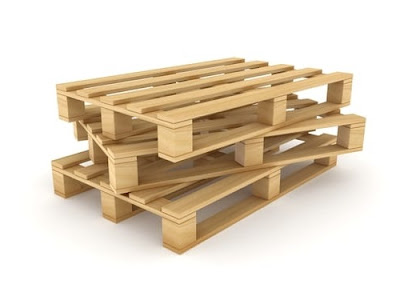Eye injuries can be among the most serious of workplace accidents and unfortunately are also quite common.
An injury which would be minor if it occurred elsewhere on the body can be extremely serious if it occurs on the eye. For example, a piece of metal which is shot through the air from a grinder can cause a minor scratch on your skin, but sudden blindness if it strikes your eye.
That is why it is extremely important to wear eye protection at all times when there might be the danger of flying particles, chemical splashes, or impact accidents involving your eyes.
There are many different types of eye protection available. The most widely used are the basic safety glasses. Unlike street glasses, safety glasses come with side shields for better protection and are made of special material which resists impact. While street glasses are made to provide some protection against impact, they cannot be relied upon to protect you from industrial hazards.
Safety glasses do an extremely important job in protecting your eyesight. What if you lost your vision because of an injury which you could have avoided if you had been wearing safety eye wear? Wouldn't any objections which you had to your safety glasses seem ridiculous compared to losing your precious eyesight?
Not only is it important to wear eye protection, but it is also important to wear the right kind. Get help from your HSE Department. If you are having problems with the fit, keep trying until you find something comfortable. You are more likely to wear your safety glasses if they fit comfortably.
You've heard the phrase 'Keep your eyes on the job.' It means more than just paying attention to what you are doing; it means properly wearing the correct eye protection for the job you are doing.
Personal Protective Equipment

















